At Lightning Training Solutions, one of many questions our team is asked is “who is responsible for completing a fire risk assessment?”
It’s a valid question because here in the UK fire safety legislation specifies that fire risk assessments must be carried out by a ‘responsible or competent person’.
This can be an employee of the organisation, such as a fire safety manager, or an external fire safety consultant. In most cases, the responsible person will be someone with the knowledge and understanding of fire safety and fire risk assessment, to ensure the fire safety of premises is maintained.
The responsible person’s role is not to put out fires, but to make sure fire risk assessments are regularly reviewed, and that staff and guests/visitors follow fire safety legislation and fire safety procedures.

What is a Fire Risk Assessment?
A fire risk assessment is a process where potential fire hazards are identified and steps are taken to mitigate those risks.
This might include things like installing smoke detectors, improving fire evacuation procedures, or creating a plan for dealing with a potential fire.
Keeping people safe is an important part of fire risk assessment, so it is essential to involve staff and visitors to ensure those fire safety procedures are properly understood and observed.
FRA Legal Requirements
Fire Risk Assessments also known as FRAs are a legal requirement of The Regulatory Reform (Fire Safety) Order 2005 (also known as the RRO), which came into force in 2006 and requires every property, excluding a single private dwelling, to have a “Suitable and Sufficient” FRA completed by a Competent Person.
The RRO effectively moved the responsibility for proactive fire safety to building owners, managers and occupiers also known as the Responsible Person.
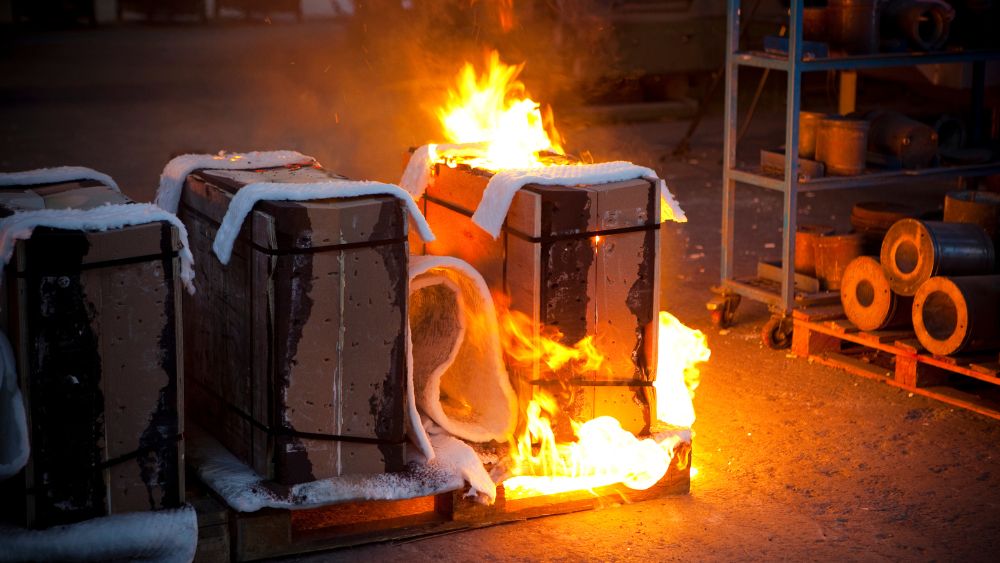
Fire Safety Act 2021
The Fire Safety Act 2021 ensures residents of multi-occupied residential buildings are provided with the highest level of protection by clarifying what is covered under the Fire Safety Order – from structure and external walls to individual flat entrance doors.
Landlords in particular are required to ensure that there are Fire Risk Assessments carried out and kept up-to-date in order to identify any potential risks of fire and to reduce those risks as much as possible.
Fire safety and prevention measures need to be regularly reviewed, tested, and maintained by landlords.
What is the purpose of a Fire Risk Assessment?
An FRA provides an assessment of the risk to life from fire in the premises and, where appropriate, makes recommendations to reduce those risks to life.
Acting on the recommendations can help reduce the chances of a fire occurring and should a fire occur reduce the impact on relevant persons.
It’s important to note that as stated in the Fire Safety Act 2021 (from 29th April 2021), Responsible Persons are accountable for failing to comply with risk-based guidance.
These recommendations matter to you and your business; fire safety is an essential part of a healthy workplace.
At Lightning Training Solutions, we have fire safety experts on hand who can provide fire risk assessments and fire safety advice to your organisation. We can help you ensure compliance with fire safety legislation, protect employees and visitors and help you to develop fire safety strategies.
Get in touch with us today to find out how we can help.
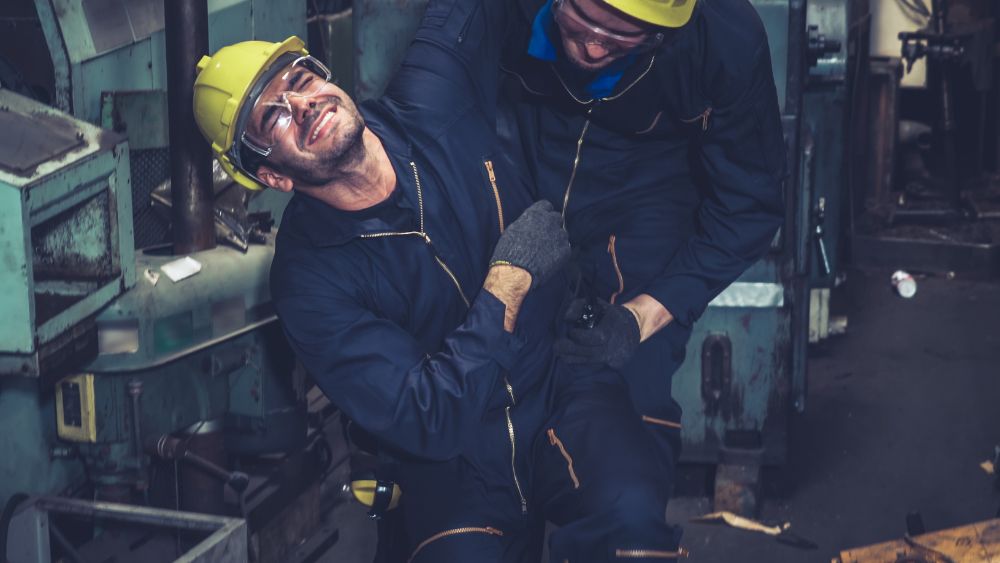
Fire Door Inspections
We offer both a separate Fire Door Inspection for premises, or this can be included as part of your Fire Risk Assessment as an extra cost.
Fire Door Ratings
The rating of a fire door is represented by ‘FD’ followed by a number.
These numbers, for example FD30, indicate the total number of minutes a door maintains its structural integrity in the event of a fire.
These are classified as:
- FD30
- FD60
- FD120
- FD240
Our Fire Door Inspectors are fully qualified to ensure that the fire doors on your premises are up-to-standard and meet all Fire Safety Regulations in accordance with Fire Safety Act 2021.
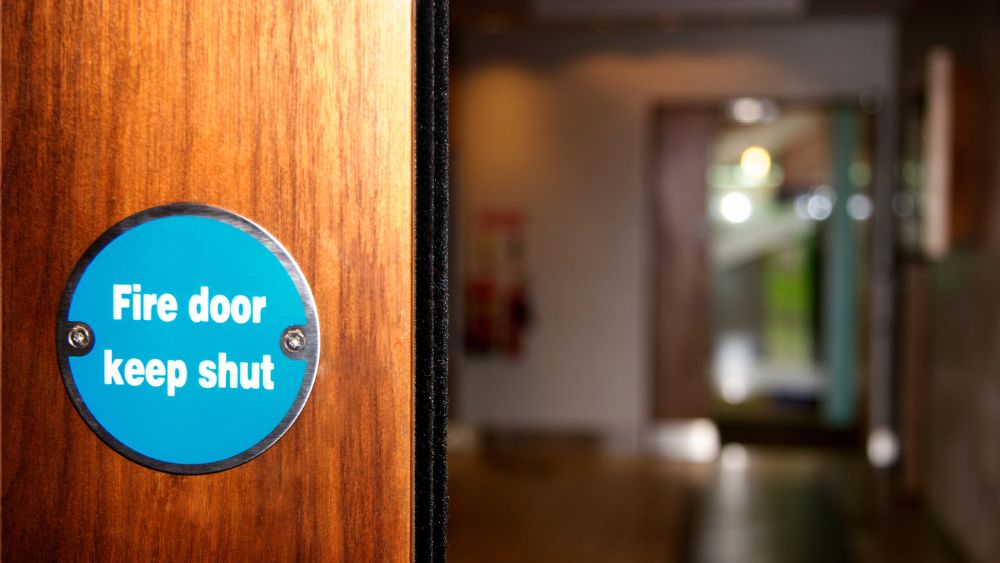
Fire Risk Assessment Reviews
The original FRA should be reviewed at regular intervals, at least annually, to ensure it remains “suitable and sufficient” in relation to the property. If there are any material changes to the property then the assessment must be reviewed.
Our recommendation is that they are re-assessed every three years to account for any degradation to the building as well as any changes within the vicinity of a building such as; a multi-storey carpark that has been built next door etc.
It’s a good idea to have the risk assessment reviewed by a competent person should it be deemed not to be “suitable and sufficient” or should a fire or other fire safety incident occur.
Fire Risk Assessment: 5 Core Principles
Once an FRA is begun, there are five core components which are:
Identify the fire hazards
Identifying hazards such as fire-producing materials, fire-spreading paths, fire assembly points and fire exits.
Identify people at risk
It is important to identify people who may be at greater risk in the event of a fire. For most businesses, this involves looking at where your employees are working.
It’s not just your staff either – your customers or visitors should also be considered.
Those, especially at risk, may include:
- Staff who work alone such as cleaners or security persons
- Anyone with disabilities
- Persons with language barriers
- People in the immediate area of potential hazards
Evaluate, Remove or Reduce Risks
Evaluate the fire risks and put measures in place to remove or reduce them.
Again, this may be things like fire-producing materials or hazardous chemicals, fire-spreading paths or fire assembly points.
Record, Plan, Inform and Train
Record the findings from the fire risk assessment, create fire safety plans, give fire safety information and train staff in fire safety.
Review & Update
It is recommended that fire risk assessments are reviewed every three years or whenever changes have been made to the premises.
By reviewing your fire risk assessment regularly, you can ensure that it is kept up to date with any relevant fire safety legislation and that all fire risks are identified, managed and controlled.
At Lightning Training Solutions, we can help you with fire risk assessments, fire safety advice and fire safety training.
Get in touch with us today for more information.
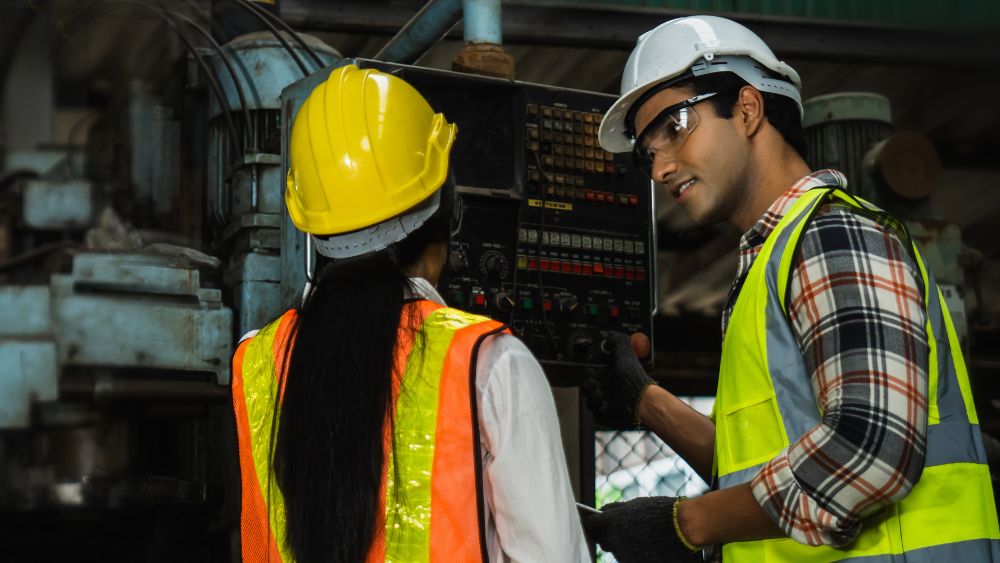
How To Complete an FRA
To summarise, if you are a property manager, building owner, occupier, letting agent, facilities manager etc. then as the Responsible Person we can help you with completing the FRAs as well as Fire Door Inspections knowing we are fulfilling the role of the Competent Person!
If you have any questions about any of the topics covered in this article, please do get in touch with our team!
FAQs
Yes, it is possible to complete fire risk assessments yourself, although we do recommend that you check with your local fire authority first. It is also advisable to seek professional help from fire safety experts if the fire risk assessment is not “suitable and sufficient” or if a fire incident has occurred.
A fire risk assessment should be reviewed at least annually and whenever there are material changes to the property. We recommend that fire risk assessments are re-assessed every three years to account for any degradation of the building as well as any changes in the surrounding area.
Yes, fire safety training is a legal requirement and must be provided to all staff. Fire safety training should include fire safety awareness as well as fire drills. We can provide fire safety training for your business, contact us for more information.
Yes, fire doors should be inspected at least every six months and a fire door inspection should be carried out by a competent person. We can provide fire door inspection services, contact us for more information.
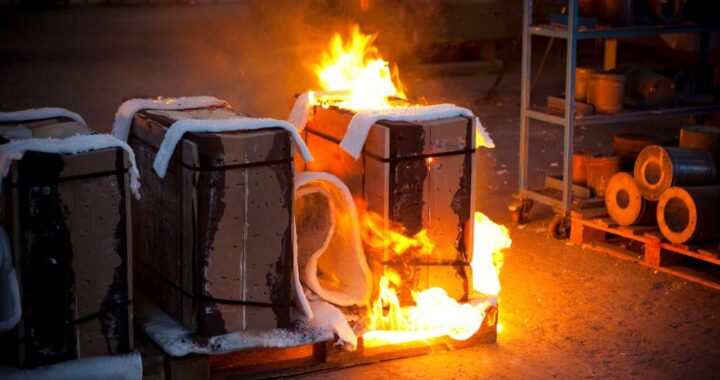
Pingback: Fire Safety Training: Protecting Your Business and Employees - Lightning Training Solutions Blog